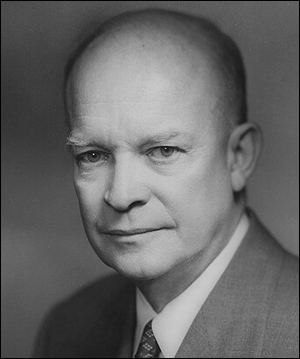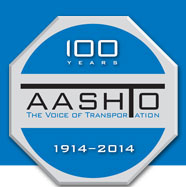
September 17, 2014
America – A Nation of People on the Move
By Tony Dorsey

Americans don’t need to worry about transportation on a minute by minute basis because we know we can travel reliably from one place to the next – using multiple modes of transportation.
This mobility has been earned through decades of hard work, dedication and investment.
As early as 1849, records show that merchants on both coasts of the United States envisioned a massive railroad system that would link the Atlantic and Pacific oceans. It would take two decades, but the final spike would be driven into the Transcontinental Railway at Promontory, Utah, on May 10, 1869.
U.S .Army Lieutenant Colonel Dwight D. Eisenhower would first realize the need for a reliable national roadway system in 1919, after taking a military convoy on an arduous cross-country journey using existing roads. Thirty-seven years later, President Eisenhower would realize his vision of a national highway system by working with Congress to reach the compromises necessary to pass the Federal-Aid Highway Act of 1956 on June 29 of that year.
Fifty-eight years later, an estimated 35 million Americans used our 4-million-mile national highway network during the recent Labor Day weekend to travel 50 miles or more to visit loved ones or take a vacation. Millions more traveled during that time by air, rail or other modes of transportation.
No matter how you got there during that holiday weekend or any other time – whether by car, train, bus, aircraft, bicycle or even on foot – the mode of transportation you ended up using can be linked to someone who envisioned it years, perhaps even decades ago.
We need to honor those visionaries, as well as the transportation providers who today are working to keep all modes of travel operating as safely and reliably as possible.
Kudos to all of the engineers, construction workers, state department of transportation planners, maintenance crews and inspectors, train conductors, ferry boat captains, air-traffic controllers and security personnel who work long and hard to keep America on the move.





































